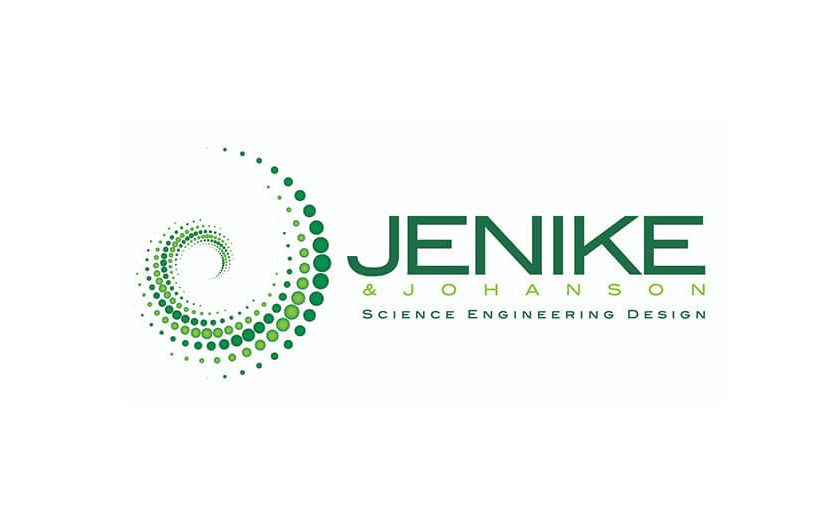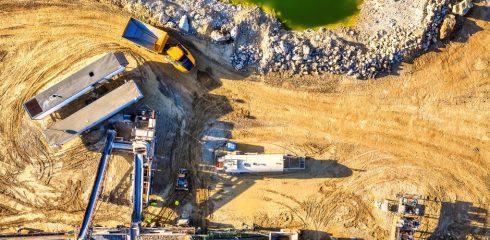
Time and time again, I see systems for storing and handling fine bulk materials that have been significantly undersized. I have seen an application where initial designs for a fine powder bin would only be capable of discharging reliably at one tenth of the required rate. Fortunately in this case, we were involved early enough in the design to make the required changes before the bin became a huge bottleneck.
Rate limitations for fine materials (for purposes of discussion, say powders with a mean particle size of less than 100 microns) can be surprisingly severe. For instance, a coarse material may flow from a bin in mass flow at 100 tons per hour, but a fine powder in the same bin may only discharge at 5 tons per hour. This profound difference in discharge rate is due to the relative inability for air to pass through the fine powder, as compared to the coarse material; expansion occurs in the hopper section of the bin, requiring an inflow of gas (usually air) to fill the enlarging voids.
For coarse bulk materials, which have relatively large voids between particles, this inflow of gas in virtually unrestricted. For fine materials, however, the voids between particles can be extremely small. This creates a restriction to the free-flow of air through the material, known as impermeability. Discharge of impermeable fine powders from improperly designed bins can be severely rate limited and erratic. Alternatively, depending on how the bin is filled and other factors, the fine power can flow uncontrollably, or flood, post the feeder device.
Fortunately, flow rates for fine powders can be accurately predicted by completing permeability and compressibility tests. Additionally, to prevent flooding, the bin should be checked for mass flow by completing cohesive strength and wall friction tests. Armed with this test data, any bin can be accurately checked for discharge rate limitations, flooding, and other fine material problems utilizing our proprietary tools. Once we’ve understood the limitations of your existing or proposed system, we can design methods to alleviate the handling problems.
Please contact us as you embark on your next project involving handling a fine powder; a few tests and a design review can save a lot of headaches down the line!



